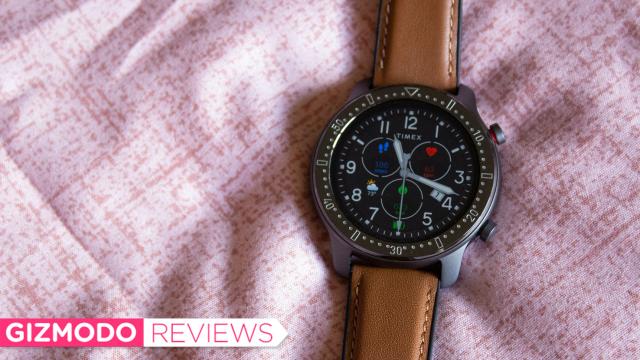Cheap smartwatches have come a long way in the last few years. If you wanted a good-looking watch with a colour AMOLED touchscreen and built-in GPS-tracking, it would’ve once set you back at least $400. Now, there’s a whole slew of devices that offer a range of basic smartwatch features for under $300. Timex’s new Metropolitan smartwatch is one of them.
At $US180 ($260), the Metropolitan is on the higher end of sub-$300 smartwatches. The Fitbit Versa Lite, for instance, is around $179. What you’re getting for that is built-in GPS, which is still not a given on cheaper smartwatches, which usually stick with connected GPS via your phone. You also get more premium materials. The top ring is made of ceramic, and the screen itself is covered with Gorilla Glass. You can also pick a version with a leather strap for no extra cost. Usually with smartwatches under $300, you can expect chintzy straps or lower-quality screens for the cheaper price. Likewise, there’s usually some kind of sacrifice on the software front. Sometimes that’s in the form of laggy performance, a touchscreen slow to register swipes, or inaccurate activity-tracking. But the Metropolitan is actually pretty solid on all fronts.
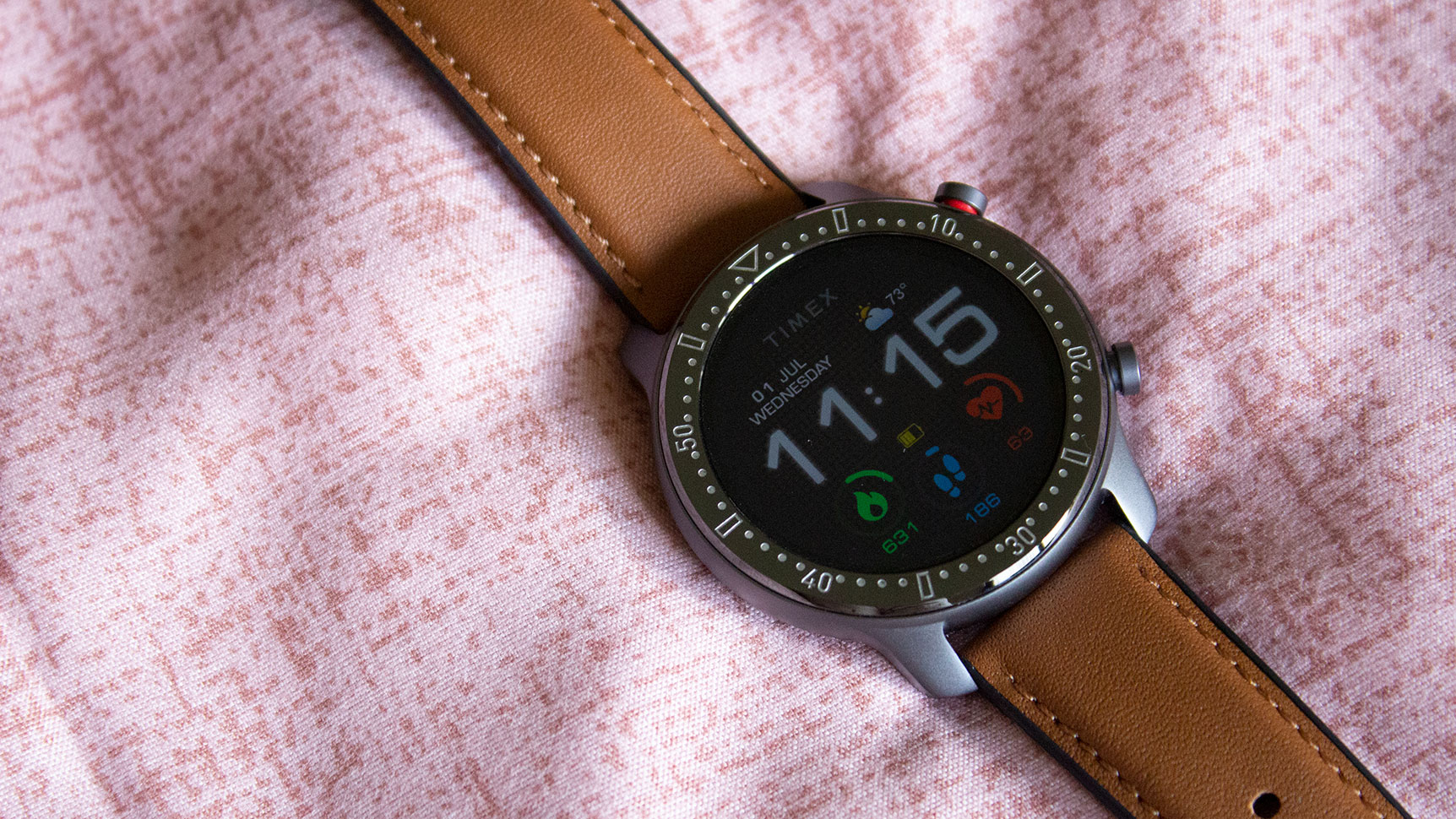
Timex Metropolitan R
What is it?
Timex's budget lifestyle smartwatch
Price
$US180 ($260)
Like
Long battery life. Nice look for the price range. Leather-silicone hybrid strap.
No Like
Lag with GPS signal. You're paying extra for brand name here.
There are four Metropolitan watches total. The two S watches look like Apple Watch clones, while the two R watches are vaguely Fossil-esque. I received the leather Metropolitan R review unit, and it looks quite nice ” especially when you consider that this is a smartwatch under $300. It’s not quite as handsome as the minimalistic Skagen Falster 3, but it is reminiscent of it ” right down to the strap, which has a leather top and a silicone underside to prevent warping from sweat. What can I say? It’s a classic design. I also appreciate that the the 42 mm watch case is lightweight and doesn’t overpower my wrist, which means most smaller-boned folks can wear it without feeling bogged down.
The display and software are a step up from Timex’s most recent smartwatch offering, the Ironman GPS R300. Colours look bright on the AMOLED touchscreen and swipes reliably register ” though it’s not as snappy as what you’d find on a more premium smartwatch. It’s also not the most visible in direct sunlight, and I found the tilt-to-wake feature a bit finicky. Still, it’s no worse than the Fitbit Versa Lite ” and that’s something. (It’s also a little more stylish than the Versa Lite.) If you split the difference between Fitbit OS and Wear OS, Timex lands somewhere in the middle.
What might be a dealbreaker for some folks is that you don’t get anything more than the basics. There’s no NFC payments, no fancy ECG capability, no cellular connectivity, no third-party apps, and no on-board music storage. (You can control your music via the watch if your phone is nearby, but forget phone-free runs.) Honestly, it’s probably more helpful to think of it as a fitness band in a smartwatch body.
And that’s all some people want! But if that’s the case, there are a few things to keep in mind when it comes to the Metropolitan R’s health-tracking.
Like the Timex Ironman, there’s a noticeable lag before the watch is able to find a GPS signal. While I can just tap my Apple Watch Series 5 to launch a workout and hit the ground running, I have to walk a bit before the Metropolitan buzzes to let me know I’ve got a GPS connection. It’s not terrible, just a tad annoying. It means if you’re impatient and start running before a signal is found, you’re going to get some wonky stats. I did this on one of my test runs and ended up having to throw the results out.
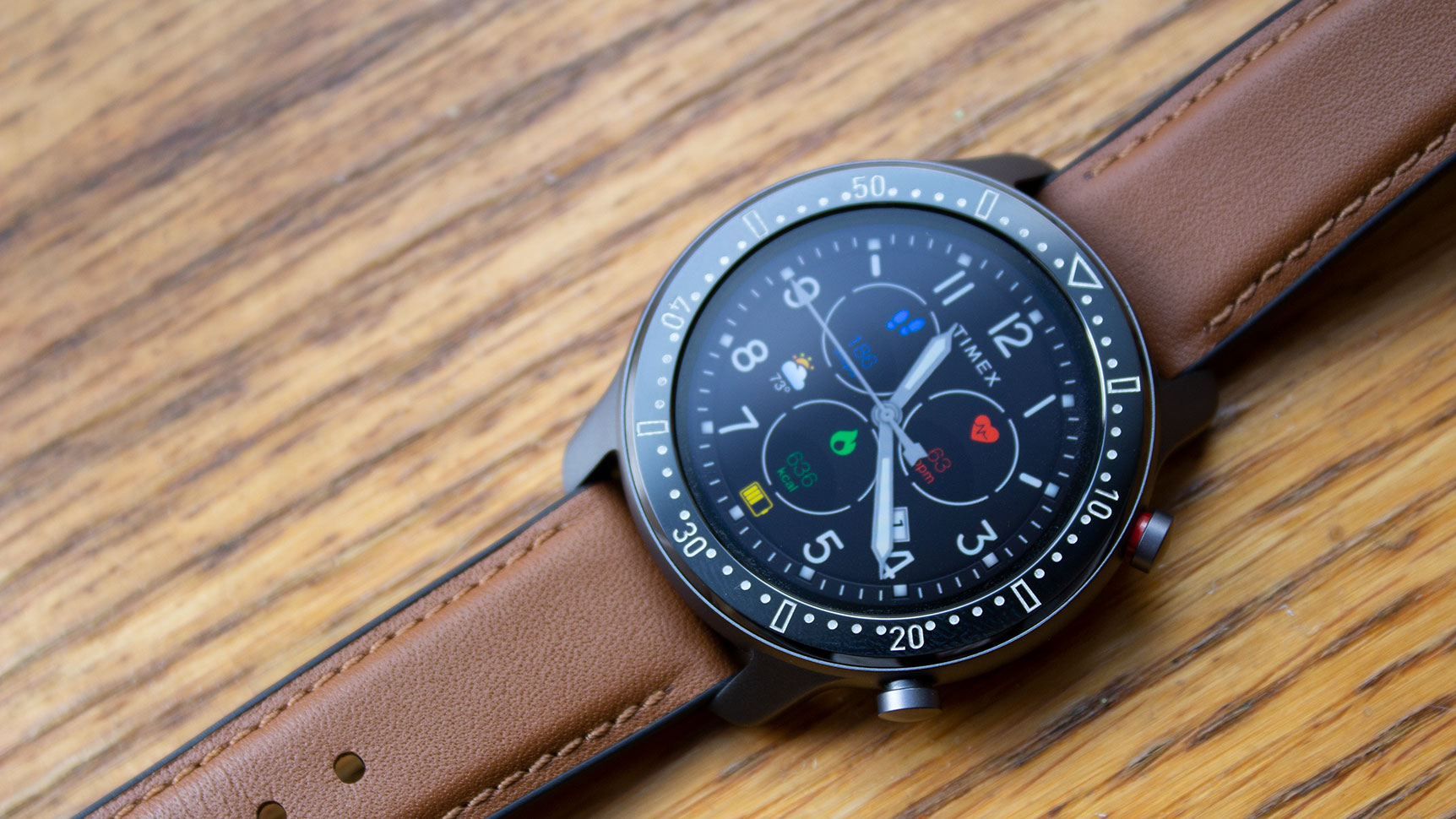
As for accuracy, that lag doesn’t have a major impact on overall results but the Metropolitan isn’t going to compete with, say, a Polar or Garmin. On a recent run, the running app on my phone logged 5 km to the Metropolitan’s 5 km and the Series 5’s 5 km. It was also a little generous with my split times, shaving off about 20-30 seconds per mile compared to my app and the Series 5. I did like that the Timex app included heat maps for my runs, so I could see where I was fastest and slowest. At the same time, the GPS map at one point also said I was running in the middle of the Hudson River.
This is irksome for people who take training seriously, but that’s not really the type of person this watch is intended for. Generally, the data was within a reasonable range of the running app on my phone and the Series 5. That should be sufficient for anyone who just wants a ballpark picture of their daily activity.
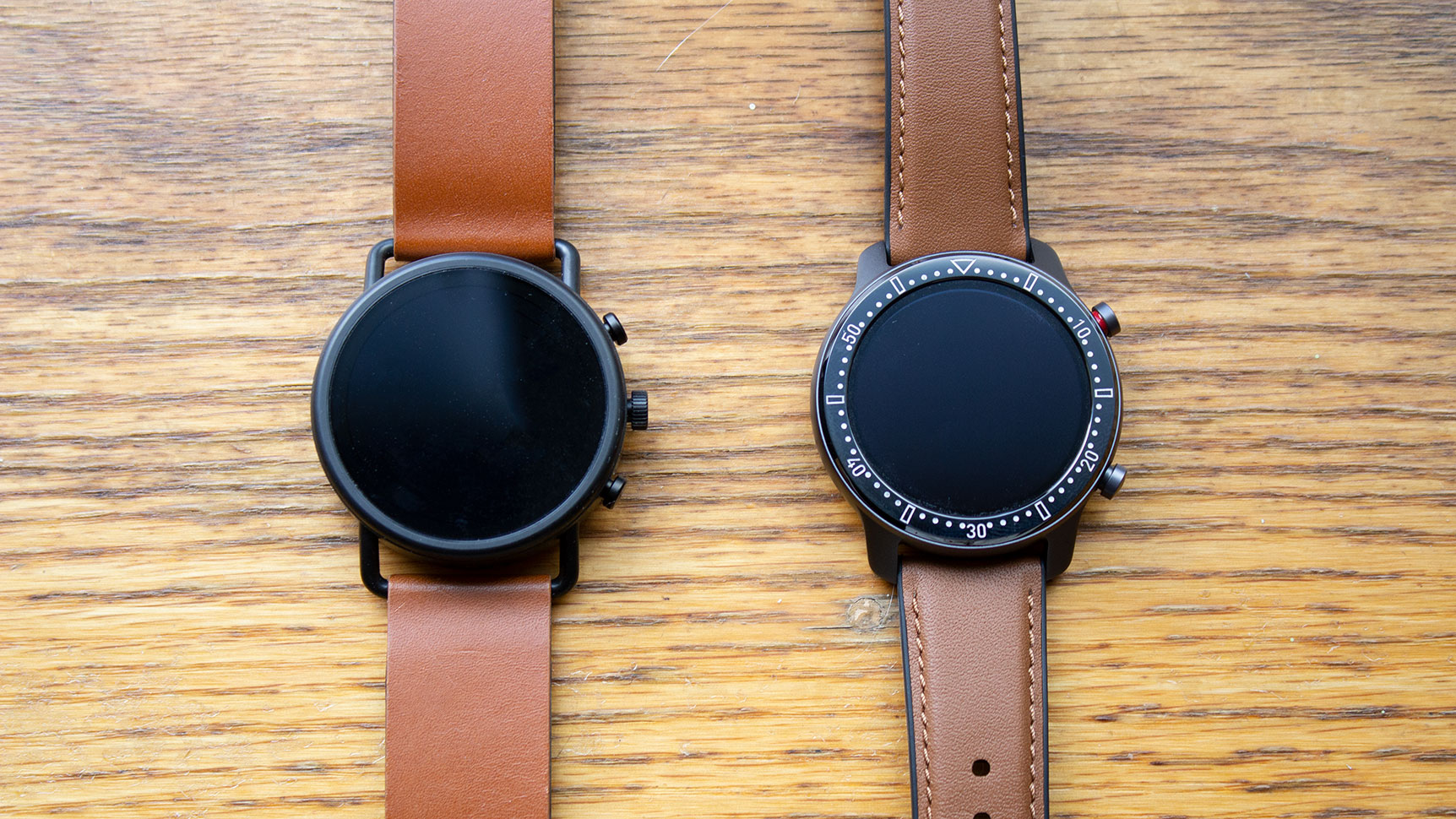
Heart rate readings were also fairly accurate. I had a hard time seeing my stats mid-run because, as I mentioned earlier, the screen isn’t the easiest to read in direct sunlight and the tilt-to-wake function isn’t the best. But upon reviewing the graphs afterward, my results corresponded with what I got on the Series 5 in terms of maximum and average heart rates. My time spent in various heart rate zones also matched results from my Polar H10 chest strap. But there were times where, hours after exercising, I’d look down at my watch, completely at rest, and see that my chosen watch face was reporting my heart rate to be over 175 bpm ” clearly not the case. I “fixed” the problem by taking another reading manually. This is more of a quirk than a severe flaw, but it’s a good example of the rougher edges you might run into with a cheaper smartwatch.
Sleep-tracking was also decent. The Metropolitan was pretty spot on at catching when I fell asleep and when I physically got out of bed. However, I have rowdy pets who often wake me up in the middle of the night to let me know they’d like more food. Sometimes these disturbances were accurately logged. Other times, they weren’t. As with the R300, I am still baffled by the absurdly high sleep scores I got. My nights are full of pet-induced tossing and turning, yet Timex’s app seems to think I’m logging 99s and 100s every night.

One thing the Metropolitan does excel at, however, is battery life. A half hour of GPS exercise only drains the battery about 2-3%. I’ve worn this watch for about a week and still have over 60% battery left. That beats out every Wear OS and Samsung smartwatch, which eke out somewhere between 1-2 days of battery life. It definitely outlasts the Apple Watch, which needs nightly charging. Hell, it even outlasts some Fitbits, which can go up to a week or so on a single charge.
So, should you buy the Metropolitan R? The answer depends on whether brand loyalty is a thing you care about.
While reviewing the Metropolitan R, I couldn’t help but think I’d seen this watch somewhere else. At first I thought it was a mix of the similarities to the Falster 3 and the fact that I had recently reviewed the Ironman R300. But while researching comparison models, it suddenly clicked.
Amazfit is not the most well-known brand, but if Gizmodo’s comments section is any indication, it is a brand that’s gained traction with former Pebble fans. That’s because Amazfit puts out a stable of smartwatches and trackers that are not only attractively priced, but also offer a good range of basic features. And if you look closely, Amazfit’s $215 GTS and $230 GTR look strikingly similar to the Metropolitan S and R. That’s no coincidence. The watches are the result of a collaboration with Huami, Amazfit’s parent company. Even the software is almost exactly the same. The wording of some feedback and even the data graphs are identical in some parts, though the overall layout of the apps is different.
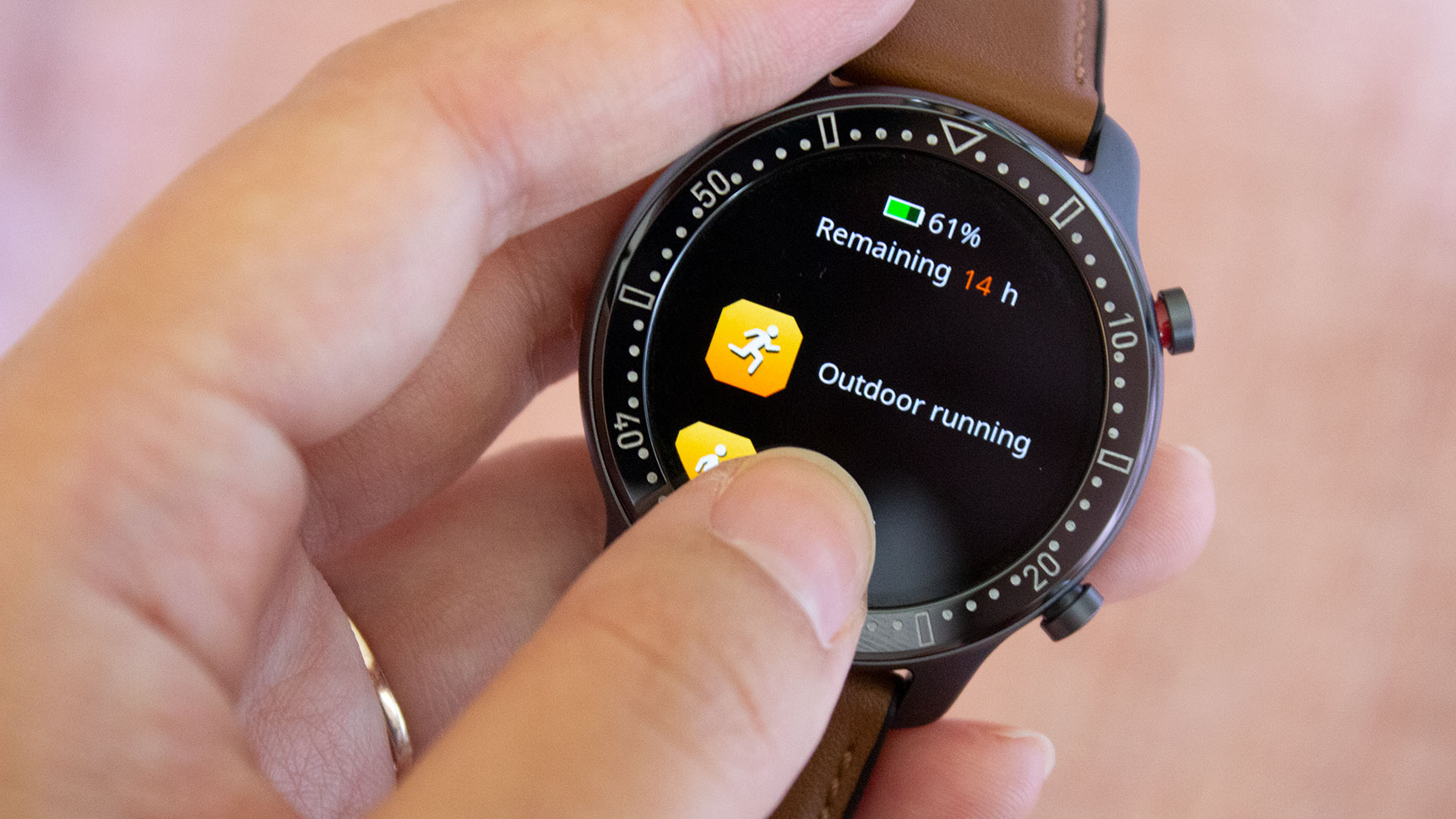
To be fair, the Metropolitan R I tested is not an exact clone of the Amazfit GTR. There are some slight differences. The Metropolitan R’s top ring has engraved numbers around the dial, and the 20ish watch faces you can choose from are Timex-branded. Despite the many similarities between Amazfit’s app and Timex’s, the latter is simpler. It doesn’t track things like VO2 Max and lacks the PAI score some might be familiar with from ye olde Mio trackers. (For those unfamiliar, the PAI score was meant to be a holistic measure of your health that took into account your age, gender, and various heart rate metrics, as opposed to an arbitrary step count.) Timex said the main differences between the Metropolitan and Amazfit’s devices are the watch faces and app layout, which means you’re paying more for the Timex brand than you are for features.
This is not necessarily a bad thing. This wouldn’t be the first time a more well-known company has teamed up with a “smaller” one in this way ” and it likely won’t be the last. I went a whole week of wearing the Metropolitan R, wondering why it seemed so familiar, before connecting the dots. Sure, I felt kinda hoodwinked once I figured it out, but during that week I thought this watch was not-too-shabby for the casual user.
But now that I know, I can’t unsee it. Given that Timex’s app was developed in partnership with Huami and the fact that you can find the Amazfit GTR for about $45-$60 cheaper…I don’t know why wouldn’t you go with that. Unless, perhaps, you find the Timex brand worth the slight markup.
Personally, I’m not a big brand person. The feature set and design are about equal, soI would opt for Amafit GTR and save a few bucks. However, I recognise that’s not the case for everyone. Maybe you have Timex tattooed across your heart. Or maybe the repackaging deeply offends your principles. Whatever your priorities, at the end of the day, the Metropolitan R is a decent budget smartwatch. You could do a hell of a lot worse.
README
- If you don’t want to spend a whole lot on a basic smartwatch, this is a decent sub-$US200 ($289) option.
- You could also just opt for Amazfit’s nigh identical smartwatches, which cost about $US30 ($43)-$US40 ($58) less.
- Good for basic, big picture activity-tracking, but falls short if you’re looking for more granular insights.
- GPS signal lag is kinda annoying. But, hot damn, it’s got good battery life!
- As always, praise be to leather-silicone straps.
Editor’s Note: Stay tuned for local Australian pricing and a release date.
